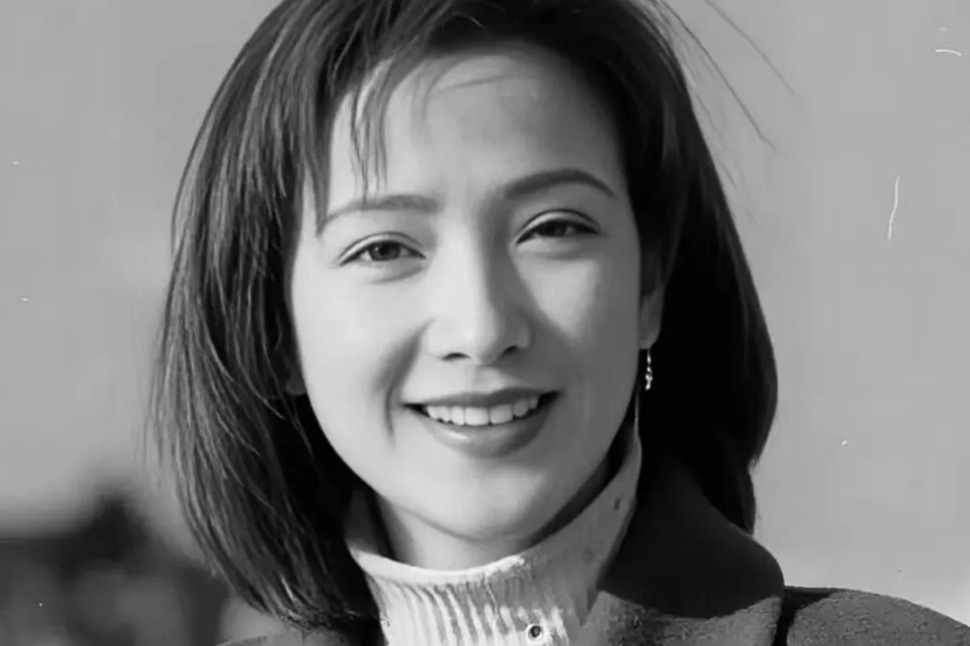Researcher recognized for improving subway service


According to Wang, the core mission of the system is to ensure the maximum flow of passengers.
The team used its own simulation and optimization software to cut the turn-back interval for trains from 164 seconds to 150 seconds at Xinzhuang Station on Line 1. The 14-second difference allowed Line 1 to deploy two more subway trains per hour and transport an additional 6,240 passengers.
"To optimize or solve the problem at one station not only benefits passengers at the specific station, but an entire district's commuters," Wang said.
He said he is proud of his work, as his team contributes to ensuring the metro system's punctuality and the quality of the passenger service.
For example, the late rate of trains is 35 times lower than in 2010, and the departure of trains every three minutes during peak hours has been achieved already, he said.
Wang said his experience as a regular commuter has also helped his work.
"He is obsessed with metros," said Shen Jie, Wang's fiancee. "Experiencing the local metro has been an integral part of our trip whenever we visit a new city."
Due to his dedication and contribution to improving Shanghai's metro service, Wang was made a member of the city's outstanding and skillful young workforce by the Shanghai Committee of Chinese Communist Youth League this year.
- China willing to advance just and equitable global anti-corruption system
- Chongqing hosts Silver Age fashion model competition
- Hengshan Mountain glistens with iconic winter rime scenery
- Ningbo hospital staff disciplined following pediatric surgery death
- Mainland warns Taiwan leader against provoking conflict
- Former senior official of Shenzhen under investigation





































